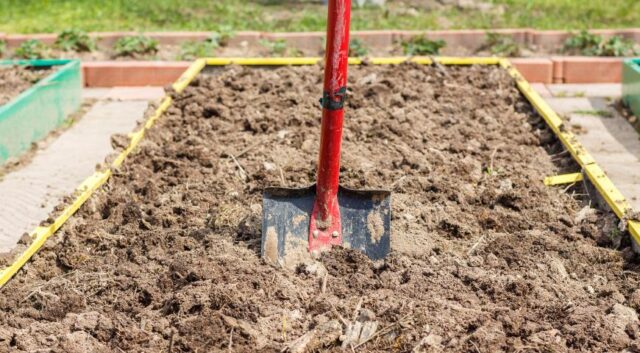Content
Strawberry Black Swan is a large-fruited variety of Dutch selection. Forms tall bushes with elongated leaves. Berries of a dark cherry color have a good presentation, therefore they are in demand among buyers.
Breeding history
Strawberries Black Swan are Dutch varieties. The culture has good frost resistance, so it can be cultivated in all regions with a temperate climate.
Description and characteristics of the strawberry variety Black Swan
The leaves of the Black Swan strawberry are slightly corrugated. Their surface is bright green, glossy. Medium-sized leaf plates. The shoots are tall, strong, capable of withstanding a large number of large ovaries. The height of the bushes does not exceed 50-60 cm.
The appearance and taste of berries
The name Black Swan means that the berries are very dark. The dark cherry color resembles black from a distance. This makes the strawberries seem overripe.
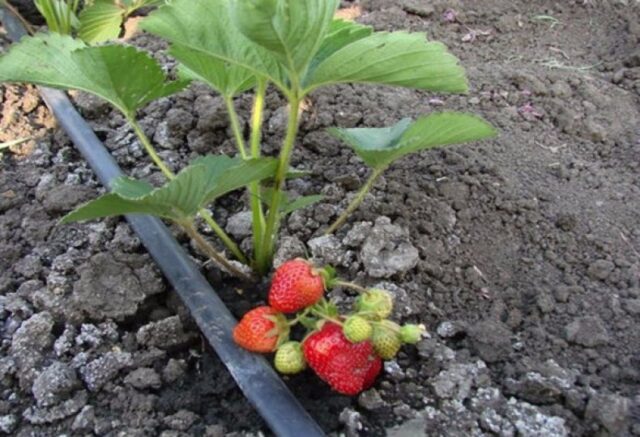
The average weight of berries in the Black Swan variety is 30-50 g, the first ovaries can be much larger
Under favorable growing conditions, the mass of strawberries reaches 70-100 g. Compared with the closely related variety Black Prince, the berries of the Black Swan are slightly smaller.
The taste of the berries is reminiscent of a strawberry-cherry cocktail. According to consumer estimates, he received a well-deserved five points. The pulp is dark, dense enough, overly juicy.
The berries are round-conical in shape. The surface is glossy, in ripe specimens it is dark. The aroma is mixed with notes of strawberry and strawberry. The smell is pleasant, persistent.
Flowering period, ripening period and yield
The black swan is classified as a late fruiting variety. The first flowers appear on culture not earlier than May. Fruiting is extended, begins in mid-June and lasts until the end of summer. In regions with a favorable climate, berries are harvested until September.
The yield is quite high. With proper planting and timely fertilization, about two kilograms can be harvested from each specimen. This figure is considered good for strawberries.
Frost resistance
The Black Swan variety is frost-hardy enough. The characteristics indicate that it is able to survive winter with frosts down to minus 20 ° C. In regions with cold winters, it needs mulching and shelter. Growing in greenhouse conditions is possible.
Disease and pest resistance
The Black Swan variety is resistant to the main diseases of strawberries: late blight, rot (gray, white), anthracnose, fusarium. The culture is weakly resistant to black and root rot, powdery mildew. The black swan is moderately resistant to verticillosis. Under unfavorable conditions and in the absence of preventive treatments, it can suffer from diseases and pests.
Among insects, the black swan is dangerous for strawberries: strawberry mites, aphids, weevils, whiteflies, and bronzes. The variety is highly resistant to nematodes.
Pros and cons of the variety
Before purchasing a crop for planting, you need to familiarize yourself with its advantages and disadvantages.
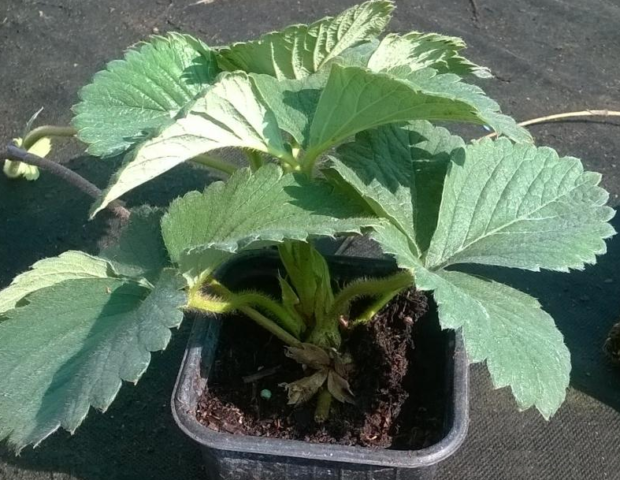
Due to the small appearance of the whiskers, Black Swan strawberries are difficult to breed at home
This variety has both positive and negative qualities (presented in the table).
| Dignity | disadvantages |
| Dense berries with firm pulp | Late fruiting (for some gardeners this is a positive quality) |
| Pleasant taste | Prolonged drought tolerance |
| Unusual appearance | Small mustache formation (can be an obstacle when trying to breed a variety at home) |
| High yield rate | |
| Resistance to return frost | |
| Frost resistance down to -20 ° C | |
| Good transportability and keeping quality | |
| Increased resistance to major diseases and pests of crops | |
| Unpretentiousness | |
| Versatility. Berries are used fresh, frozen. Strawberries make jam, jam, jam, jelly, compote |
As a result of comparing the pros and cons, we can conclude that the Black Swan strawberry variety is very promising for growing in regions of Russia with a temperate climate.
When grown commercially, the variety may not be very profitable, since only the very early berries have a high price. In high season, the cost will be average.
Growing features
For planting strawberries, the Black Swan, gardeners recommend choosing late autumn. If the climate is favorable for growing the variety, then some of the seedlings can be planted in the spring.
The soil for the culture should be loose, non-clayey. When growing black swan strawberries, high air permeability of the soil is required.
Experts recommend black soil, gray soil or light loam for planting. If the soil on the site is heavy, clayey, then during the preparatory measures, sand and peat are introduced into it. Additionally, fertilizers are buried.
Another requirement is good illumination of the garden. The more sunlight, the higher the yield. The lack of ultraviolet light also affects the taste of the berries. In the rainy period, they become watery, sourish, ripen for a long time.
Black Swan strawberries are recommended to be grown in areas protected from draft and wind. If you do not provide shelter from air masses, then in winter some of the bushes may suffer. After all, the wind blows away not only the snow cover, but also the mulching materials.
Site preparation
Algorithm for the preparatory work:
- A few weeks before the planned planting date, you need to dig the soil.
- In the process of loosening, fertilizers are applied to the ground. You can use rotted manure, bird droppings, herbal infusions. For spring planting, nitrogen compounds are used.
- Be sure to control the acidity of the soil. The culture requires a soil with a neutral or slightly acidic reaction. To lower the acidity, dolomite flour is added to the ground. Manure, compost, peat are added to alkaline soil. You can increase acidity with sulfates and nitrogen fertilizers. Ammonium sulfate or ordinary sulfur is often used.
The correctness of planting work depends on whether the bushes will take over and how quickly they will grow.
General advice for planting
They make a ridge 30 cm wide. The distance between adjacent rows should be at least 60–70 cm. Between the bushes, a gap of 30–40 cm is maintained. You can plant in holes, they should be shallow. The earth is watered.
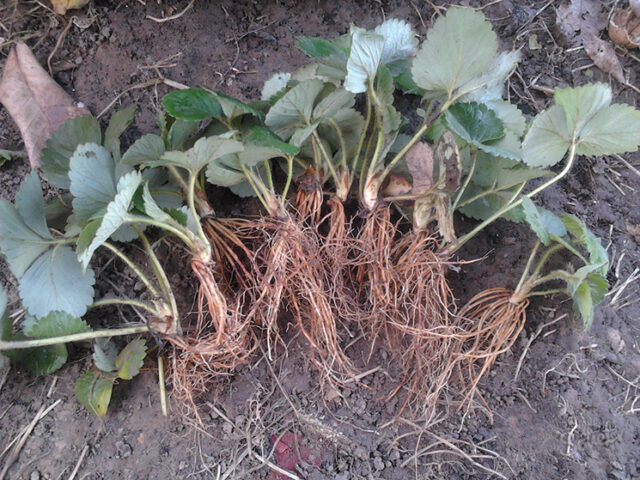
The roots of each strawberry bush are straightened before planting.
The seedlings are lowered into the hole. Fall asleep with soil without covering the apical bud of the plant. It should be at ground level. When deepened, strawberries can rot, and with a strong elevation, freeze in the cold.
The ground around the plant is gently crushed by hands. Water the soil around the seedlings, preventing moisture from entering the foliage.
Planting holes or furrows are mulched with scrap materials. For these purposes, peat, straw, shavings, cut grass are used. Weed grows less under cover.
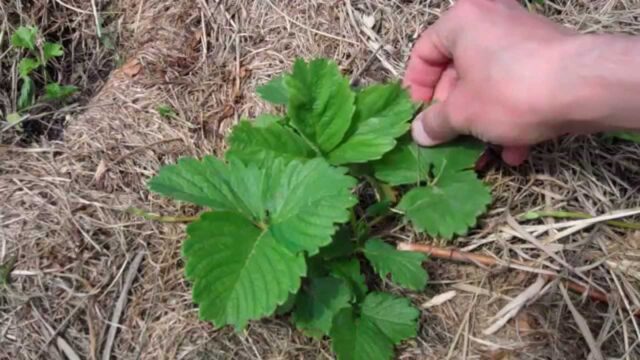
Mulch prevents the soil from drying out and reduces the amount of watering
Watering
Young specimens of the Black Swan strawberry need regular moisture. For 1 m² of area, 10 liters of settled warm water will be required. If the weather is warm, there is no scorching sun, then it is enough to moisturize the plants once a week. In the heat, the number of watering is increased up to 3-4 times. In the autumn, the bushes are moistened once every four days.
Water in the morning (before sunrise) or late in the evening.
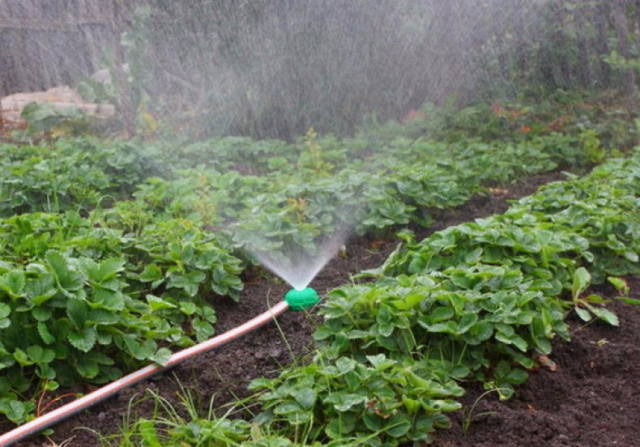
Sprinkling is used before flowers and fruits appear.
After the formation of ovaries on strawberries - only drip irrigation.
Excessive hydration of tops and flowers can lead to the development of fungal diseases.
Top dressing
Without the introduction of nutrients, it is difficult to grow Black Swan strawberries and get a decent harvest. Potassium and nitrogen are needed to form tops. They are brought in in the spring. Phosphorus affects the ripening of fruits; it is used in the summer.
Preparing for the winter period
The characteristics of the Black Swan strawberry indicate that the culture normally tolerates frosts down to minus 20 ° C. But due to the lack of snow cover or significant temperature fluctuations, the plant may suffer. Therefore, in late autumn, strawberry beds must be mulched. The thickness of the layer depends on the characteristics of the climate in the region. The colder it is, the thicker it should be.
Treatment against diseases and pests
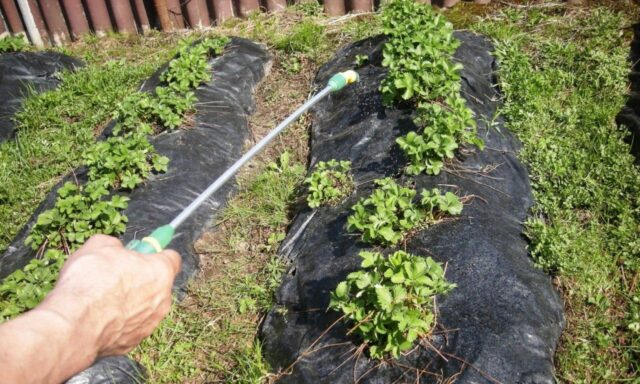
Chemicals and folk remedies are used to protect strawberries from disease.
Effective in the fight against fusarium, rot and anthracnose: Fundazol and Bordeaux liquid. For late blight, Nitrafen, Oxyhom are used. For powdery mildew - iodine solution (1 mg per 1 bucket of liquid) or soda ash (50 g per 10 l).
If root rot is detected, strawberries are recommended to be dug up and burned. Treat the site with potassium permanganate, Bordeaux liquid. Plant the strawberries in another bed.
From pests they use Fufanon, Kemifos, Aktellik, Calypso, Karate.
Conclusion
Strawberry Black Swan is a variety with unusual dark colored berries. The culture is used for growing in regions with a temperate climate. Black Swan is suitable for personal and commercial use. Berries are notable for keeping quality and good transportability.
Strawberry Black Swan reviews
